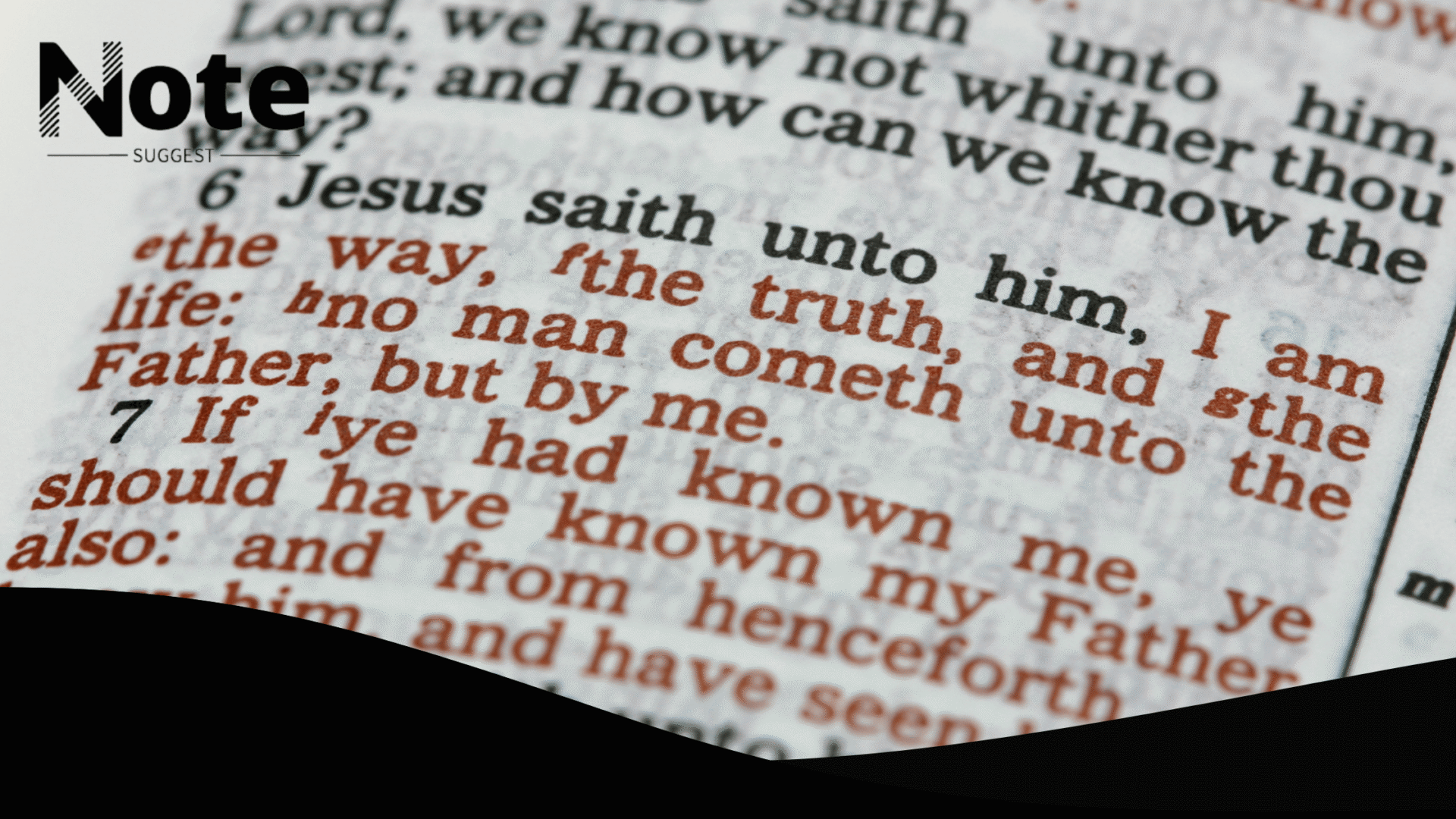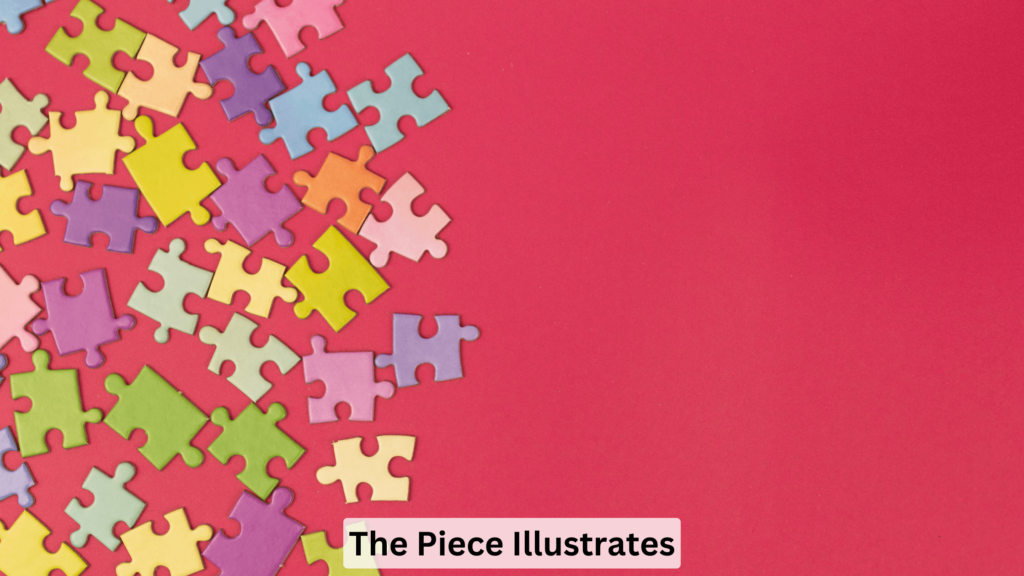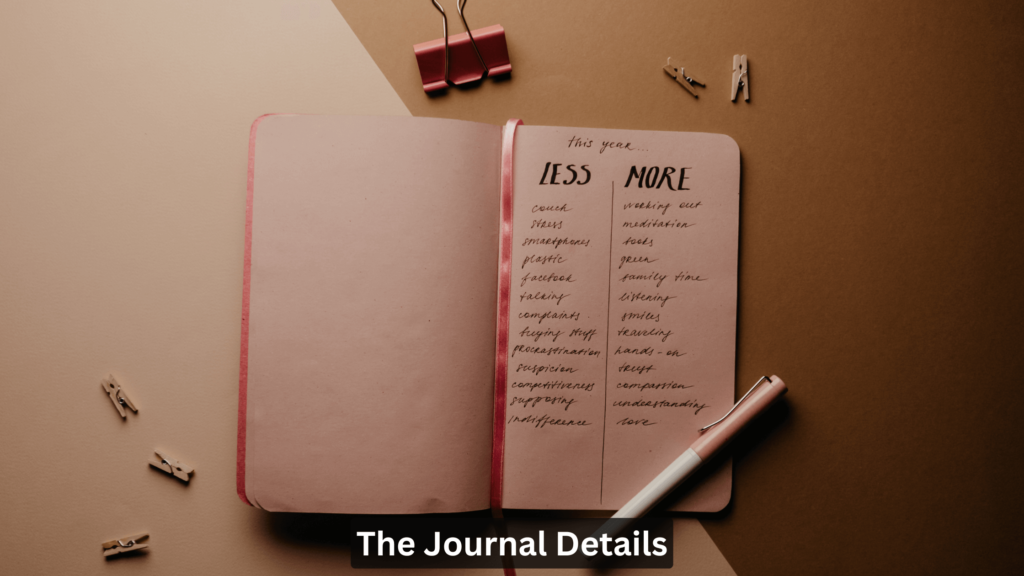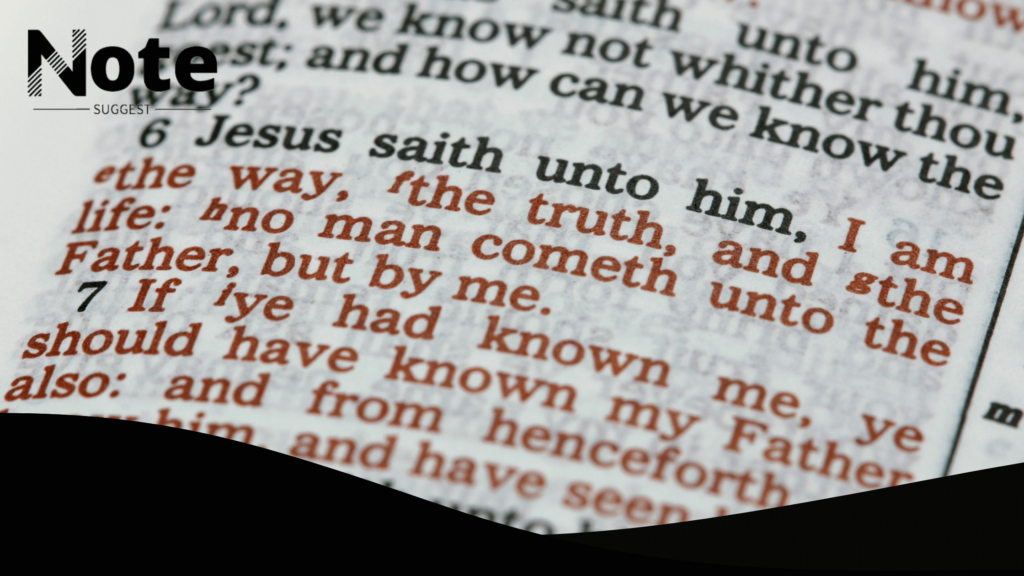
When writing or speaking, it’s essential to vary our language to keep things interesting and engaging. One common phrase, “the text states,” can become repetitive, especially when used frequently. In this article, we will explore 25 alternative ways to express the same idea, offering a range of phrases that will enhance your communication.
Each alternative will be accompanied by scenarios, demonstrating how to effectively use these variations in different contexts. Whether you’re writing an academic paper, crafting a report, or simply looking to diversify your language, these phrases will help you sound more fluent and professional. Let’s dive into these expressions and discover the best ones for your needs!
Contents
- 1 Is It Professional Way to Say “The Text States”?
- 2 25 Other Ways to Say “The Text States”
- 2.1 1. The Passage Indicates
- 2.2 2. The Document Reveals
- 2.3 3. The Article Mentions
- 2.4 4. The Source Explains
- 2.5 5. The Paragraph Highlights
- 2.6 6. The Text Suggests
- 2.7 7. The Author Writes
- 2.8 8. The Report Points Out
- 2.9 9. The Study Shows
- 2.10 10. The Excerpt Notes
- 2.11 11. The Narrative Conveys
- 2.12 12. The Piece Illustrates
- 2.13 13. The Content Addresses
- 2.14 14. The Material Presents
- 2.15 15. The Writing Emphasizes
- 2.16 16. The Passage Alludes To
- 2.17 17. The Literature Demonstrates
- 2.18 18. The Excerpt Underscores
- 2.19 19. The Prose Reflects
- 2.20 20. The Account Details
- 2.21 21. The Paper Discusses
- 2.22 22. The Information States
- 2.23 23. The Book Outlines
- 2.24 24. The Journal Details
- 2.25 25. The Research Clarifies
- 2.26 Conclusion
- 2.27 FAQS
- 2.27.1 What can I say instead of stated in text?
- 2.27.2 What states the central idea of the text?
- 2.27.3 What’s another way to say the author states?
- 2.27.4 What states the central argument of the text?
- 2.27.5 What is another phrase for the text “states”?
- 2.27.6 What does stating mean in text?
- 2.27.7 What is the main idea of the text?
- 2.27.8 Which idea is stated explicitly in the text?
- 2.27.9 What are the two main characteristics that must be present in writing a text?
- 2.27.10 What should I say instead of states? How to state text evidence?
Is It Professional Way to Say “The Text States”?
“The text states” can be professional in some cases, especially in academic or formal writing. However, using it too often can make your writing sound repetitive. It’s helpful to find other ways to express the same idea while keeping a professional tone.
By using different phrases, you can make your writing more varied and interesting. Choosing the right alternative can help you communicate more clearly and effectively, without sounding redundant.
25 Other Ways to Say “The Text States”
Explore 25 alternative phrases to say “the text states” and add variety to your writing.
- The passage indicates
- The document reveals
- The article mentions
- The source explains
- The paragraph highlights
- The text suggests
- The author writes
- The report points out
- The study shows
- The excerpt notes
- The narrative conveys
- The piece illustrates
- The content addresses
- The material presents
- The writing emphasizes
- The passage alludes to
- The literature demonstrates
- The excerpt underscores
- The prose reflects
- The account details
- The paper discusses
- The information states
- The book outlines
- The journal details
- The research clarifies
>> Related Guide: 25 Other Ways to Say “How Is Your Day Going” (With Scenarios)
1. The Passage Indicates
In an analytical context, when a passage indicates a particular point, it suggests that the information provided highlights a key element within the text. For example, if a passage in a novel indicates the psychological state of a character, it may reference certain behaviors or inner thoughts that reveal that state. The use of phrases such as “the passage indicates” helps direct attention to a specific detail that should be analyzed.
Scenario: A student reads a passage from a historical text that indicates the power dynamics between two cultures during a particular time. The passage is used to support the thesis on the impact of those dynamics on modern-day relationships.
| Key Point | Detail |
| Focus | Specific detail highlighted |
| Purpose | Clarify a subject or theme |
| Example | Historical power dynamics |
2. The Document Reveals
When a document reveals something, it provides critical information or insights, typically offering a deeper understanding of the subject matter. In research papers, documents often reveal results or conclusions that help to support hypotheses or argumentation. For instance, in a medical study, the document might reveal findings that suggest a correlation between lifestyle and health outcomes.
Scenario: A government report reveals new data on the economic recovery post-pandemic, detailing the progress of various sectors.
| Key Point | Detail |
| Focus | Revealing crucial insights |
| Purpose | Deepen understanding of subject |
| Example | Economic recovery data |
3. The Article Mentions
When an article mentions something, it refers to an item or topic briefly within the text. This mention may not go into great depth but serves to introduce or acknowledge a point. Articles that mention certain concepts or phenomena often provide references for further exploration.
Scenario: An article mentions climate change’s impact on agriculture but directs readers to studies that explore the issue in more detail.
| Key Point | Detail |
| Focus | Brief mention of a topic |
| Purpose | Introduce or acknowledge subject |
| Example | Mentioning climate change’s effects |
>> Enjoy these helpful notes: Stay Tuned
4. The Source Explains
When a source explains something, it provides clarity or detailed insight into a specific topic. This can be a detailed breakdown of a complex issue or a clear definition of terms. Sources that explain are valuable because they help the reader understand new or difficult concepts.
Scenario: A scientific source explains how certain vaccines work by describing the body’s immune response to pathogens.
| Key Point | Detail |
| Focus | Offering detailed explanations |
| Purpose | Clarify concepts for better understanding |
| Example | Explaining vaccine mechanics |
5. The Paragraph Highlights
A paragraph that highlights something emphasizes a particular point, making it stand out for the reader. Highlighting helps direct attention to essential details within the larger context. It might be used to underscore a key argument, event, or piece of evidence that supports the overall theme.
Scenario: A paragraph in a political analysis highlights the key policies that shaped the recent election results.
| Key Point | Detail |
| Focus | Emphasizing a key element |
| Purpose | Make a point stand out |
| Example | Highlighting key political policies |
6. The Text Suggests

When a text suggests something, it implies a conclusion or offers a subtle recommendation, often based on the evidence or context provided. This kind of suggestion might not be direct but instead inferred from the information laid out in the text.
Scenario: A literary text suggests that the protagonist’s struggles symbolize a broader societal issue, leading readers to think critically about those themes.
| Key Point | Detail |
| Focus | Implying a point or conclusion |
| Purpose | Subtly direct the reader’s thinking |
| Example | Suggesting broader societal issues |
>> Explore these useful insights: Happy to Announce
7. The Author Writes
When the author writes about a subject, it means they are providing their perspective, argument, or analysis on it. The author’s voice and perspective shape how information is presented and can influence how the reader interprets the topic.
Scenario: The author writes about the changing nature of the workplace and how technology is transforming employee roles.
| Key Point | Detail |
| Focus | Author’s perspective on a topic |
| Purpose | Influence reader’s interpretation |
| Example | Writing on the evolving workplace |
8. The Report Points Out
When a report points out a certain fact or issue, it calls attention to something that might otherwise be overlooked. Reports often include findings or observations that help clarify complex data or phenomena.
Scenario: A financial report points out a sharp rise in stock prices following a major corporate merger.
| Key Point | Detail |
| Focus | Calling attention to a specific point |
| Purpose | Help clarify complex phenomena |
| Example | Pointing out stock market trends |
9. The Study Shows
A study that shows something presents findings derived from research or investigation. These results often serve to prove or disprove hypotheses, offering new insights into a field of inquiry.
Scenario: A psychological study shows that consistent exercise has a positive effect on mental health.
| Key Point | Detail |
| Focus | Presenting research findings |
| Purpose | Validate hypotheses or theories |
| Example | Showing exercise’s mental health benefits |
>> Discover more helpful guides: Safe Travels
10. The Excerpt Notes
An excerpt that notes something typically provides a brief but important observation or reference from a larger work. It serves as a key excerpt to highlight an important insight or observation within the full context.
Scenario: An excerpt from a biography notes the personal challenges faced by the subject, shedding light on their resilience.
| Key Point | Detail |
| Focus | Providing a critical note |
| Purpose | Highlight a key observation |
| Example | Noting personal challenges in a biography |
11. The Narrative Conveys
A narrative conveys meaning by telling a story or describing events in a way that communicates emotions, themes, or lessons. Narratives are powerful tools in literature because they can evoke empathy, provide context, or illustrate moral lessons.
Scenario: The narrative conveys the journey of a young artist struggling to balance ambition with personal life, illustrating the sacrifices often made for success.
| Key Point | Detail |
| Focus | Communicating through storytelling |
| Purpose | Evoke emotion and understanding |
| Example | Conveying the struggles of a young artist |
12. The Piece Illustrates

When a piece illustrates something, it provides examples or visualizations to clarify or demonstrate a concept. It helps the reader better understand complex ideas by showing how they work in practice.
Scenario: The piece illustrates the effects of climate change by presenting various data visualizations that highlight temperature changes over the years.
| Key Point | Detail |
| Focus | Providing visual examples or clarifications |
| Purpose | Help visualize complex ideas |
| Example | Illustrating climate change through data |
>> Uncover more practical advice: Save the Date
13. The Content Addresses
When content addresses a topic, it focuses on discussing or explaining it. Addressing a subject means presenting it clearly, typically with the goal of resolving an issue, answering a question, or providing insight into a matter.
Scenario: The content addresses the rising concerns over cybersecurity and offers solutions for protecting personal data online.
| Key Point | Detail |
| Focus | Discussing or solving a topic |
| Purpose | Provide insight or solutions |
| Example | Addressing cyber security concerns |
14. The Material Presents
The material presents information or ideas to the reader, often in an organized manner. This presentation serves to inform or educate, providing necessary facts or details for the reader’s understanding.
Scenario: The material presents evidence from recent studies on the benefits of mindfulness in reducing stress, laying the groundwork for a discussion on mental health strategies.
| Key Point | Detail |
| Focus | Presenting organized information |
| Purpose | Inform or educate the reader |
| Example | Presenting studies on mindfulness |
15. The Writing Emphasizes
When writing emphasizes a point, it underscores the importance of a specific detail or argument. This can be done through repetition, highlighting, or drawing attention to a key theme.
Scenario: The writing emphasizes the importance of early childhood education in shaping future success, arguing that foundational learning experiences are critical for long-term development.
| Key Point | Detail |
| Focus | Underscoring a key point |
| Purpose | Draw attention to significant themes |
| Example | Emphasizing early childhood education |
>> Discover these useful tips: Congratulations to Both of You
16. The Passage Alludes To
A passage that alludes to something refers to it indirectly, often leaving much open for interpretation. This allusion allows the reader to make connections to other works, ideas, or events that are not explicitly stated.
Scenario: The passage alludes to historical political movements, giving the reader clues to understand the underlying forces shaping the protagonist’s actions in the novel.
| Key Point | Detail |
| Focus | Indirect reference or hint |
| Purpose | Encourage interpretation or deeper thought |
| Example | Alluding to political history |
17. The Literature Demonstrates
Literature that demonstrates a point shows through storytelling or analysis how a specific idea or phenomenon operates in practice. It can serve as a case study or a broader reflection on an issue.
Scenario: The literature demonstrates how different leadership styles can impact organizational success, using real-world examples of corporate leaders.
| Key Point | Detail |
| Focus | Showing through storytelling or analysis |
| Purpose | Illustrate concepts in action |
| Example | Demonstrating leadership styles in business |
18. The Excerpt Underscores

When an excerpt underscores something, it emphasizes an essential aspect of the text. It is often used to highlight a pivotal moment or an important argument that is crucial to understanding the overall message.
Scenario: The excerpt underscores the moral dilemma faced by the main character, inviting readers to reflect on their own values and decisions.
| Key Point | Detail |
| Focus | Highlighting a critical moment or argument |
| Purpose | Draw attention to an essential point |
| Example | Underscoring moral dilemmas in literature |
>> Explore these practical ideas: Let Me Know if Any Changes Are Required
19. The Prose Reflects
When prose reflects something, it reveals the attitudes, thoughts, or environment of the author or the character. This reflection offers insight into the deeper layers of the text.
Scenario: The prose reflects the melancholy mood of the character, using descriptive language to evoke feelings of isolation and longing.
| Key Point | Detail |
| Focus | Revealing deeper emotional or thematic layers |
| Purpose | Provide insight into character or author |
| Example | Reflecting melancholy through descriptive prose |
20. The Account Details
An account that details something provides a thorough or comprehensive explanation of events, actions, or circumstances. It helps the reader grasp the sequence of occurrences and understand the context.
Scenario: The account details the events of a critical trial, outlining the arguments, testimonies, and verdict.
| Key Point | Detail |
| Focus | Providing a detailed explanation of events |
| Purpose | Help understand the sequence and context |
| Example | Detailing the trial process |
21. The Paper Discusses
When a paper discusses a topic, it provides an analysis or examination of that subject. It might explore various aspects, compare different viewpoints, or present arguments related to the issue.
Scenario: The paper discusses the ethical implications of artificial intelligence in modern society, weighing the benefits and potential risks.
| Key Point | Detail |
| Focus | Analyzing and examining a topic |
| Purpose | Explore different facets of an issue |
| Example | Discussing AI ethics |
>> Peruse these helpful guides: Happy Valentine’s Day
22. The Information States
When information states something, it clearly declares or asserts a fact or argument. It leaves little room for ambiguity and is typically used in more formal contexts, such as reports or legal documents.
Scenario: The information states that all applicants must meet specific criteria before being considered for the position, ensuring clarity in the hiring process.
| Key Point | Detail |
| Focus | Declaring facts or assertions |
| Purpose | Provide clear and direct information |
| Example | Stating job application criteria |
23. The Book Outlines
When a book outlines something, it provides a general overview or summary of a subject. This often serves as a way to introduce key concepts, structure, or points before delving deeper.
Scenario: The book outlines the steps for effective time management, providing strategies for prioritizing tasks and setting goals.
| Key Point | Detail |
| Focus | Offering an overview or summary |
| Purpose | Introduce key ideas or structure |
| Example | Outlining time management techniques |
24. The Journal Details

A journal that details something provides an in-depth record of events, observations, or findings. It is often used in academic or personal contexts, allowing for reflection and analysis.
Scenario: The journal details the researcher’s daily observations of animal behavior in the wild, contributing to a broader ecological study.
| Key Point | Detail |
| Focus | Providing in-depth records or observations |
| Purpose | Contribute to a larger understanding |
| Example | Detailing animal behavior in research |
>> Enjoy these practical suggestions: Long Distance Relationship
25. The Research Clarifies
When research clarifies something, it provides explanation or insight that resolves confusion or uncertainty around a subject. It often presents data, facts, or conclusions that help to clear up misunderstandings or unanswered questions.
Scenario: The research clarifies the impact of sleep on cognitive function, showing through data how sleep deprivation affects memory and decision-making.
| Key Point | Detail |
| Focus | Providing clarity through research findings |
| Purpose | Resolve confusion or explain a topic |
| Example | Clarifying the effects of sleep on cognition |
Conclusion
Using different phrases instead of “the text states” makes your writing more interesting and clear. The 25 alternatives shared in this article offer a variety of ways to express the same idea, depending on the context and type of writing. Whether it’s “the document reveals” or “the research clarifies,” each phrase helps you communicate more effectively.
Choosing the right alternative helps improve the flow of your writing and keeps it from sounding repetitive. By using these phrases, you can make your communication more professional and engaging, making it easier for readers to understand your points.
FAQS
What can I say instead of stated in text?
Instead of “stated in text,” you can say “mentioned in the text” or “outlined in the text.”
What states the central idea of the text?
The central idea of the text is typically expressed in the thesis or main point.
Instead of saying “the author states,” you could say “the author mentions” or “the author points out.”
What states the central argument of the text?
The central argument of the text is usually found in the main thesis or supporting statements.
What is another phrase for the text “states”?
Another phrase for “states” is “expresses,” “declares,” or “articulates.”
What does stating mean in text?
“Stating” in text means presenting or declaring an idea clearly.
What is the main idea of the text?
The main idea of the text is the primary point or message the author is conveying.
Which idea is stated explicitly in the text?
The explicitly stated idea in the text is directly mentioned or clearly outlined.
What are the two main characteristics that must be present in writing a text?
Two main characteristics of writing a text are clarity and coherence.
What should I say instead of states? How to state text evidence?
Instead of “states,” you could say “claims,” “expresses,” or “asserts.”

